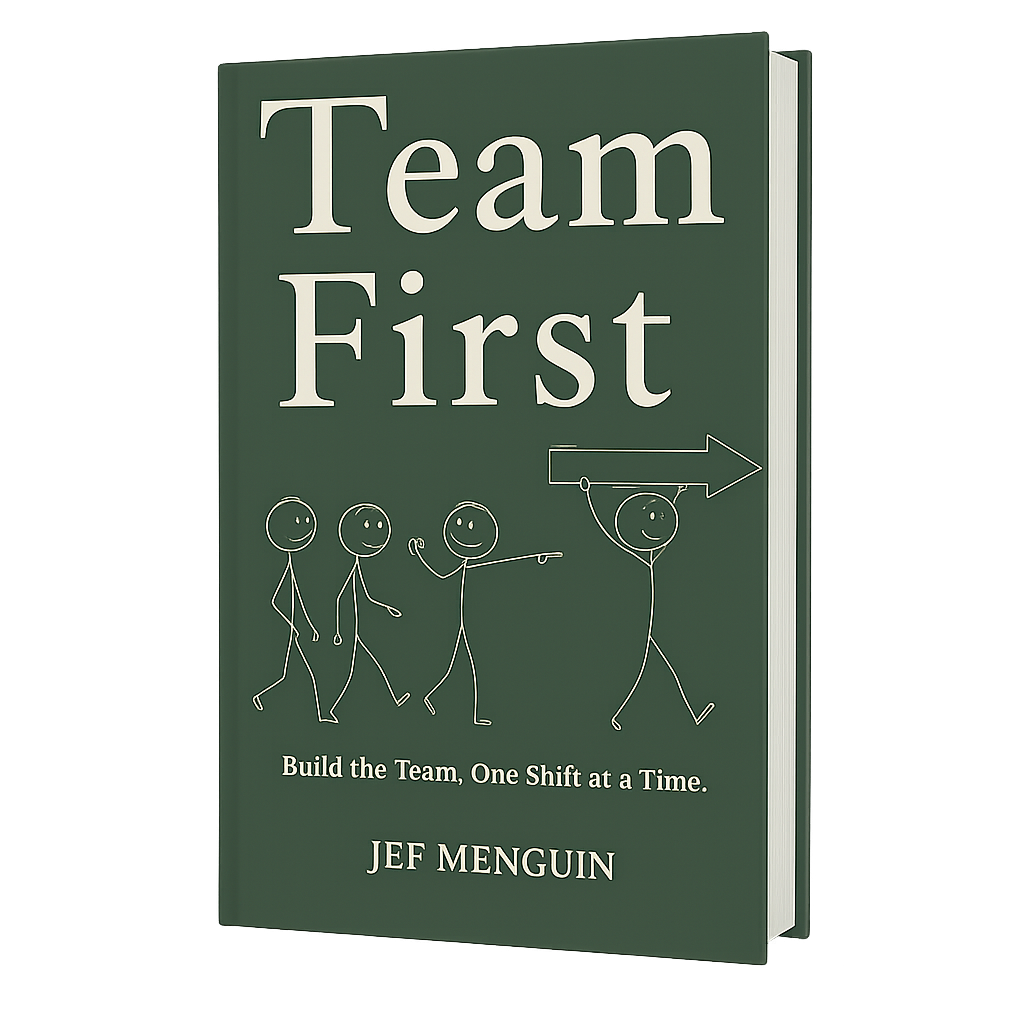So your team follows you—even when it’s hard.
You can have the title.
You can have the strategy.
You can even have the authority.
But if you don’t have trust, leadership will wear you down.
It’ll feel like dragging people uphill.
It’ll feel like repeating yourself to people who smile, nod, and stall.
It’ll feel like pretending everything’s fine—when deep down, you know they’re not with you.
The truth is, people don’t follow leaders because they’re impressive.
They follow leaders because they feel safe.
And safety—real, human, earned safety—starts with trust.
What Most Leaders Miss About Trust
Trust isn’t something you demand.
It’s not a checkbox in your onboarding kit.
It’s not “built over time” by default.
It’s built through moments. Small ones. Consistent ones.
Moments when you listen instead of defend.
When you ask instead of instruct.
When you show up even when it’s inconvenient.
The leaders who win trust aren’t always the loudest.
They’re the ones who mean what they say, do what they promise, and see people beyond their output.
And that kind of trust?
It follows you. Even through change. Even through pressure.
Especially then.
What Is Trust, Really?
Trust isn’t just “liking” your leader.
It’s not about charm, charisma, or how well you get along.
Trust is the deep, often quiet belief that someone will do what’s right—even when it’s not easy.
It’s built when people:
- Believe your words match your actions
- Feel safe bringing you problems without being punished
- Know you’ll protect their dignity, not just your results
- See you make decisions that aren’t self-serving
- Experience your consistency—not just in public, but behind closed doors
Trust isn’t about being perfect.
It’s about being predictable in your principles.
People don’t need their leader to have all the answers.
They just need to know who they’re following when things go sideways.
That’s trust.
And once it’s there, it makes leadership 10x easier—and infinitely more human.
The Leadership Test Most Never Talk About
Let me tell you a story about Marco.
He wasn’t flashy. He didn’t make speeches.
But when his team’s department was downsized, something strange happened.
Nobody panicked.
Nobody quit.
In fact, his team leaned in even more.
Not because the strategy was flawless.
But because they trusted the man delivering it.
Why?
Because six months before that, Marco had spent two weekends helping one of his team members who was going through a crisis.
Because he always stayed behind after meetings—not to check slides, but to check on people.
Because he gave credit freely, but took ownership when things went wrong.
His trust account was full.
So when things got hard, his people stayed.
That’s what real leadership looks like.
Not when everything’s going well—but when things shake.
Trust Isn’t Fluffy. It’s Functional.
Too many leaders write off trust as soft.
A bonus. A nice-to-have.
A “maybe we’ll build that later” kind of thing.
But the most effective leaders know this:
Trust is the thing that makes everything else work.
- It makes communication faster.
- It makes feedback land better.
- It turns delegation into development—not abdication.
- It makes people tell you the truth before it becomes a crisis.
- It lets your team move, even when you’re not in the room.
Without trust, you’ll always be chasing.
With trust, you get momentum.
So How Do You Actually Build It?
You start small.
Not with a speech. Not with a values poster.
But with small, intentional choices:
- You show up when you say you will.
- You admit what you don’t know.
- You follow through.
- You ask better questions.
- You stop managing performance and start coaching people.
- You learn their names, their goals, and what keeps them up at night.
- You care—out loud.
This isn’t about being everyone’s friend.
This is about becoming someone they don’t have to second-guess.
Build Trust First—And Everything Else Moves Faster
Here’s what I’ve seen again and again:
Managers who lead with trust don’t have to micromanage.
They don’t waste energy on drama, politics, or silence.
They build teams that follow even in the dark—because they believe in who’s holding the light.
And that’s the shift.
Leadership isn’t just about vision.
It’s about being the kind of person people want to build something with.
So if you’re wondering where to start—start here.
Before the metrics.
Before the strategy.
Before the big plans.
Start with trust.
What’s Your Take?
Leadership is never one-size-fits-all.
What stood out for you in this piece?
Where do you agree, disagree, or want to dig deeper?
If you’re facing challenges related to this topic—whether it’s team trust, leadership buy-in, or just figuring out where to start—you don’t have to navigate it alone.
You can message me directly. Sometimes a short conversation opens up big possibilities. We might discover a workshop, a learning experience, or even a quick webinar that’s exactly what your team needs.
So let’s talk.
Because the best leaders never stop learning.
And neither should you.


